Helen B
TPF Noob!
- Joined
- Sep 16, 2007
- Messages
- 3,296
- Reaction score
- 467
- Location
- Hell's Kitchen, New York
- Can others edit my Photos
- Photos NOT OK to edit
Here's a suggested framework for critiques. I think of it as being Henry James' method.
What is the perceived intent? (This needs to be answered before proceeding)
Has the intent been realised?
Was it worth it?
This gets the technical stuff into the background and reduces the influence of the reviewers' personal preferences. It does, however, assume intentionalism*. This may or may not be a valid assumption. I think that it is preferable to starting by assuming that you already know the photographer's intent. That's my main criticism with most of the critiques I read on the web, and why I think that the web can often be stultifying and homogenising.
Best,
Helen
*"the notion that authorial intention can provide a guide to interpretation, a criterion of textual meaning, or a standard for the validation of criticism."
...
Some caveats should be mentioned. The photo must stand on its own as a success or failure. It does not matter what the photographer was trying to do. From the strictly viewer point of view the question is: Did he\she succeed?.
...
...
While I'm dissenting, I'll go back to another post: I don't think it matters what the creator intended when you perceive a creative act. It has to stand on its own feet and if it requires an explanation, or even a title, it's lacking something.
...
Maybe it is worth discussing the place of intentionalism in critique.
The assumption of intentionalism does not necessarily mean that the photographer has to explain what the intent was: the image may stand on its own. That's why the first step is answering the question "What is the perceived intent?"
In competitions the overall intent may be easy to comprehend: to produce a picture that will be judged highly by the particular judge or set of judges. I use competition in a loose sense - it may include editorial choice of photographs.
This thread is, however, supposed to be about critique. Critique that is useful to the photographer. The person doing the critique should, I believe, start out by asking themselves 'Why did the photographer take this picture? That's part of the critique at a high level. At a beginner's level it may help if the photographer explains what he or she was trying to do, no matter how mundane that aim may have been. The more specific the aim, the more important it is for the photographer to get pointers about the success of the image with respect to the aim. It can also be very important to discover whether the aim has been perceived by the viewer without any explanation having to be given by the creator.
"It does not matter what the photographer was trying to do. From the strictly viewer point of view the question is: Did he\she succeed?."
Succeed at what? If the intent is unimportant, how can one judge success or failure other than by assuming an intent, and hence skipping the first suggested question by using a stock answer.
Best,
Helen
PS I did ask skieur a genuine question that I would still be interested in the answer to: Just out of interest, what magazines are you referring to? as 'Photo Art magazines' (his capitalisation). I'd also be very interested in seeing some of skieur's photos so that I can get a better understanding of where he is coming from. Are there any examples on the web or in TPF threads?
Thanks.


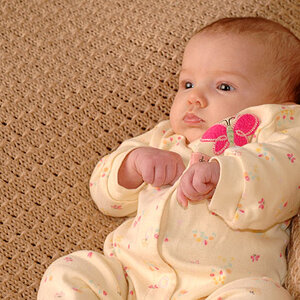
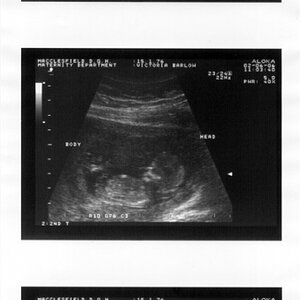
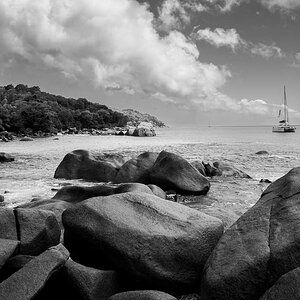
![[No title]](/data/xfmg/thumbnail/33/33873-e4eab8f61d68a145e3b86b7a7fca6372.jpg?1619736180)
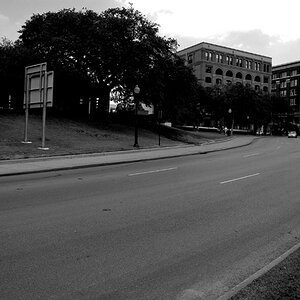

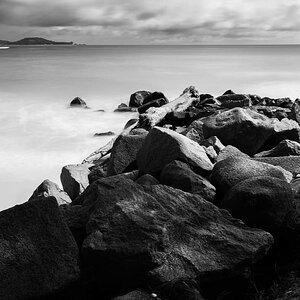
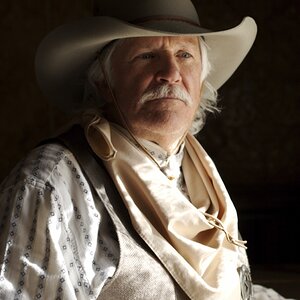
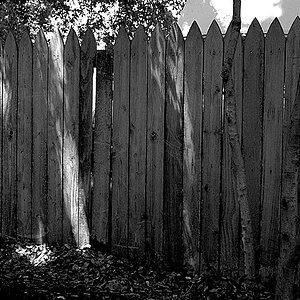


![[No title]](/data/xfmg/thumbnail/36/36133-8b29212f67c25fcf353a0c2f376b1501.jpg?1619737385)